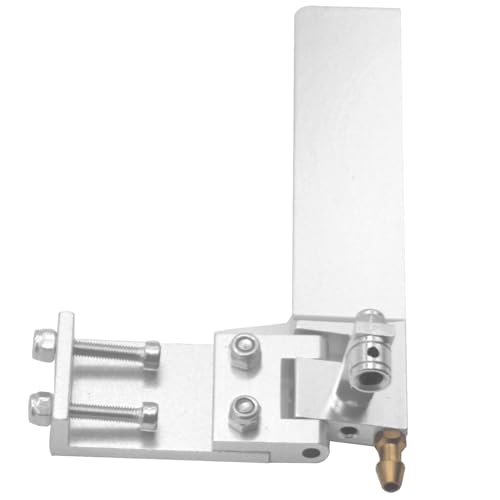L
lohring
Guest
As I mentioned before, I have been using the Eagle Tree data logger to test engine modifications. In the graph below the blue lines show the origonal engine rpm and cylinder temperature with improved port timing. The yellow lines show the improvement from reducing the head clearance and head fin area. The purple lines show the improvement from adding holes in the piston skirt and liner into the secondary transfers. All runs were made with the same setup and prop. I could not have told any difference between the runs without the recorder.
Lohring Miller
Lohring Miller



































